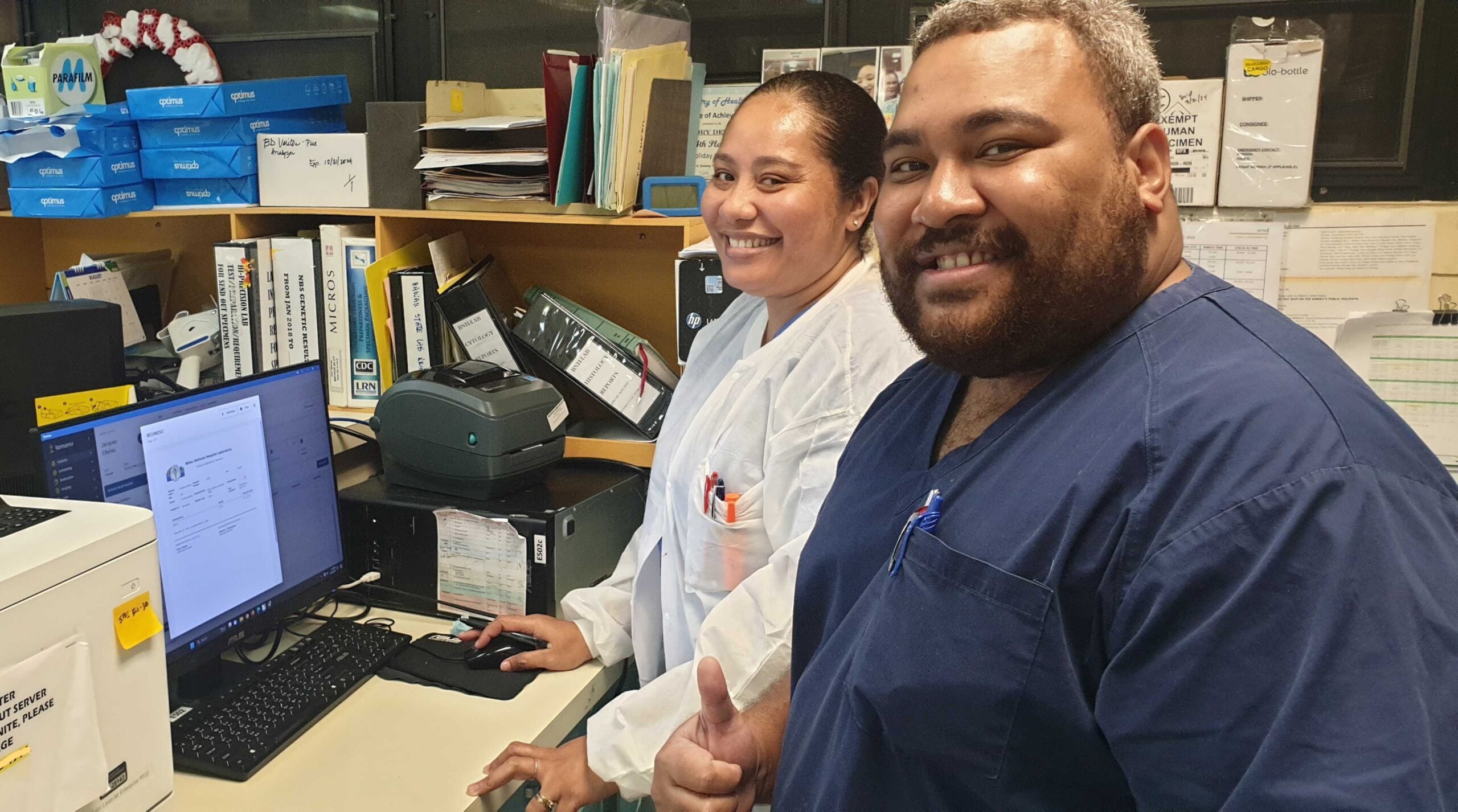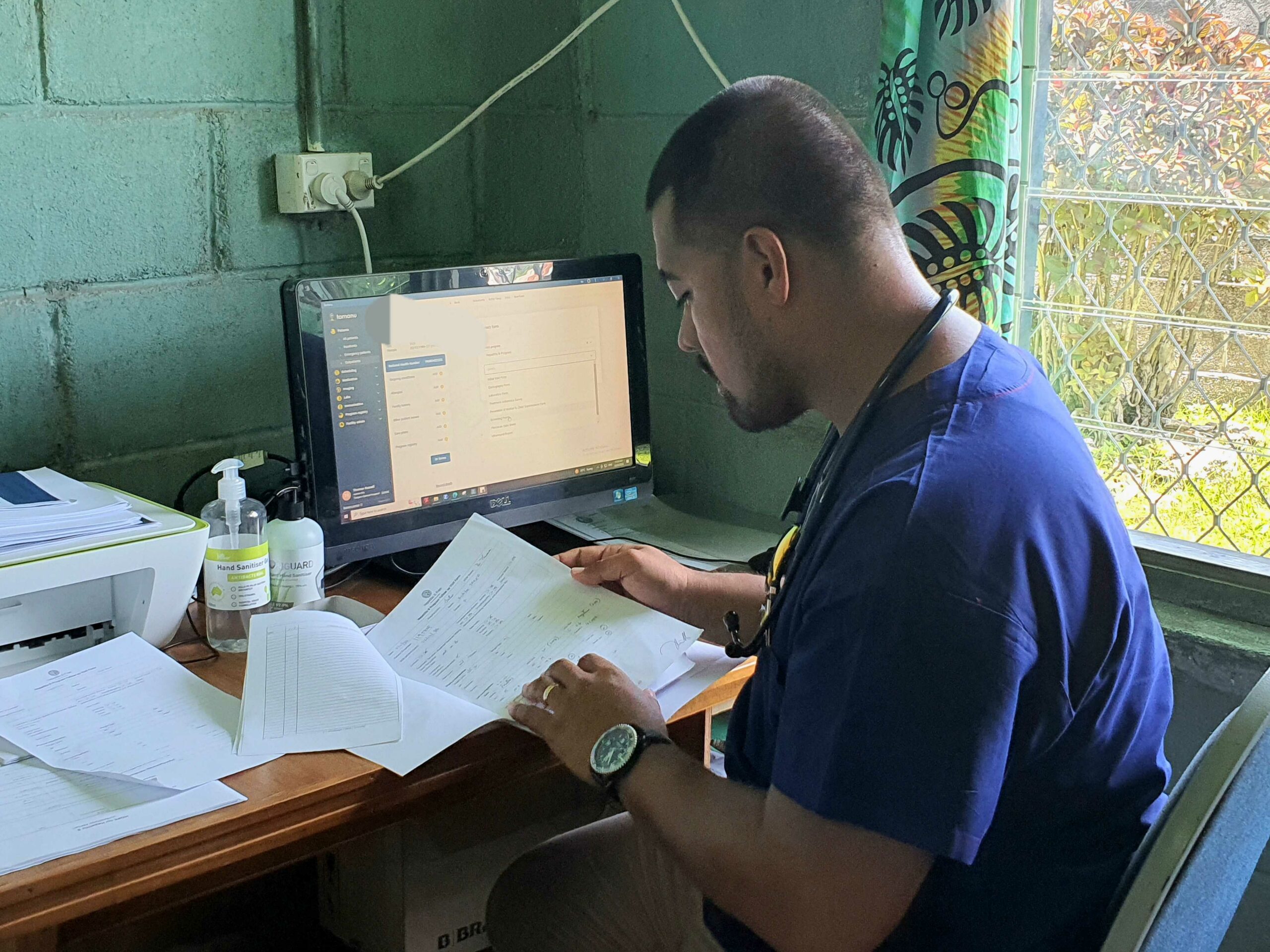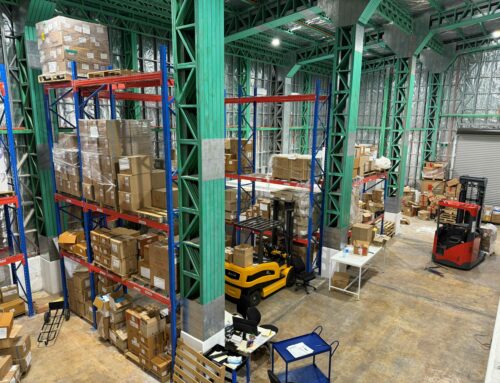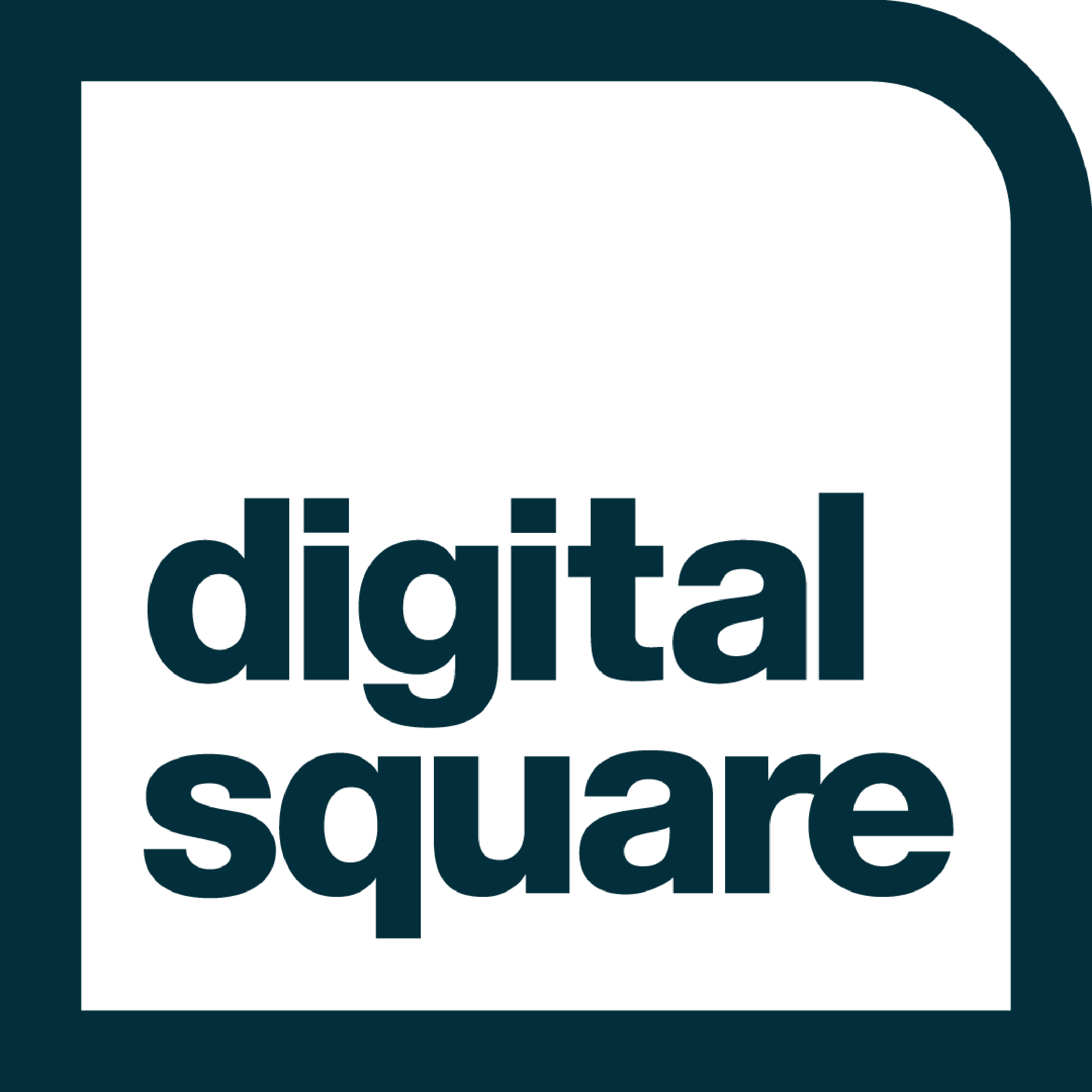Through our digital health systems – Tupaia and Tamanu – as well as SENAITE and mSupply, BES supports data collection against more than 10,000 clinical events every day across the Pacific. Each clinical event generates multiple data points on patient demographics, time/place, epidemiology and treatment – some clinical events might generate dozens of useful data points on their own. In addition to this, we help partner countries to gather data on non-clinical health information, such as environmental health, infrastructure and equipment, assets, weather, supply chain, and animal health.
This means that today, our systems have collected >200 million data points about healthcare in the Pacific!
Data is not information however – and turning data points into useful information is far more important than gathering the data in the first place. Unless countries are able to make clinical, public health, and administrative decisions with their data, improve safety, or save time – what we call evidence based data for decision making – then they may as well still be collecting information on paper, in dusty red ledger books that nobody will ever read. In short, the digitisation of health systems is only useful if it leads to improved clinical and public health outcomes.
For this reason, every day, our project managers liaise with countries and then work with the BES data team to extract useful stories from this enormous dataset and provide it back to countries in meaningful, purposeful ways. In turn, they then strengthen the capacity of local data analysts and HIS officers to become better stewards of their own data, building and interpreting their own reports to tease out the stories useful to them. Together, we are helping to drive improvements across the region, led by amazing, dedicated Pacific Islands health professionals from all backgrounds.
In this piece, we have gathered together just a tiny handful of these stories to highlight the difference that digital health systems can make every day. We’re going to continue to try and gather these short stories and publish them regularly – if you know of an interesting use case for digital health records in the Pacific (using any system!), then feel free to reach out and share them with us.
Palau
Data-driven environmental health: Sylvia Tmodrang using her data to better target interventions
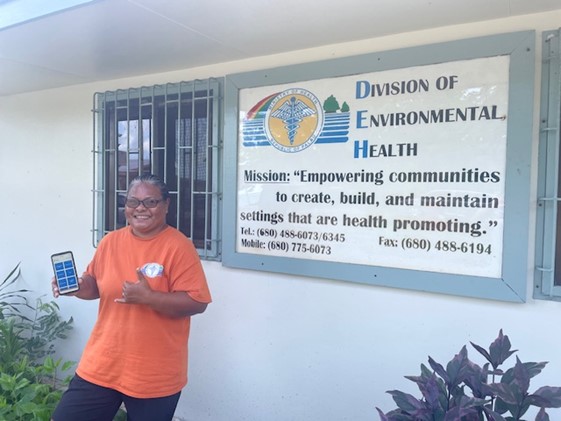 Sylvia Tmodrang is not just an Environmental Health Specialist and Health Inspector at Belau National Hospital; she’s an advocate for the impact of Tupaia on her work and community. Since its introduction in 2022, Sylvia has been at the forefront, leading her team in mapping over 1,300 households across Palau and conducting more than 1,000 environmental health inspections.
Sylvia Tmodrang is not just an Environmental Health Specialist and Health Inspector at Belau National Hospital; she’s an advocate for the impact of Tupaia on her work and community. Since its introduction in 2022, Sylvia has been at the forefront, leading her team in mapping over 1,300 households across Palau and conducting more than 1,000 environmental health inspections.
For Sylvia, the difference isn’t just in the numbers—it’s in the tangible changes she’s witnessing. During follow-up inspections, she’s noticed a shift in behaviour among residents. Sylvia has commented that “People are considering [how] it effects their community. I can’t change it over night, but it’s working”.
Using Tupaia’s dashboards, Sylvia tracks everything from overall household health scores to fine grained details like mosquito breeding sites in specific homes. This level of granularity empowers her to monitor changes not just at an individual level, but also at a village-wide scale. This information guides Sylvia in making informed decisions about where her team should focus their interventions, ensuring resources are targeted where they’re needed most.
Beyond her role, Sylvia’s commitment to leveraging technology for public health underscores her dedication to improving the well-being of Palau’s communities. Her story is not just about data and inspections; it’s about driving meaningful change, one household and one village at a time.
Kiribati
Hepatitis B care
A partnership between Kiribati’s Ministry of Health and Medical Services (MHMS) and Hepatitis B Free has significantly improved Hepatitis B management using the Tamanu Electronic Medical Record (EMR) system. Led by Dr Thomas Russell, the digitisation of this initiative has helped to improve the longitudinal care of Hep B patients in Kiribati and reduce the number of patients list to follow-up.
Tamanu’s Program Registry went live at the Hepatitis Overview Programme to trEat (HOPE) Clinic on March 13th 2024, and allows for efficient patient tracking and data collection. In the first three days, 75 patients were registered, showcasing the demand for the system and the enthusiastic uptake. Since then, over 450 patients have been registered in the system – along with their clinical status, associated conditions, home village and other information.
Kiribati faces a high Hepatitis B prevalence, with a national rate of approximately 15% and some areas exceeding 20%. Despite >30,000 HBsAg tests being performed – with >5000 positive cases identified – only 30% of these patients (around 2000) have been linked to care. 730 patients have been started on tenofovir but only 200 patients are currently continuing treatment (though some have finished treatment).
The introduction of Tamanu’s new Program Registry module aims to enhance patient care and disease surveillance, addressing the challenge of managing long-term, complex care across dispersed islands. The system is already showing promise, with staff positively responding to the new technology and improvements in patient follow-up on South Tarawa. Excitingly, the initiative also allows Dr Russell and colleagues to provide remote care to patients from outside Kiribati, letting them review patient records in real-time, securely and highly accurately.
Samoa
Transforming NCD data into a useful report for tracking patient cohorts
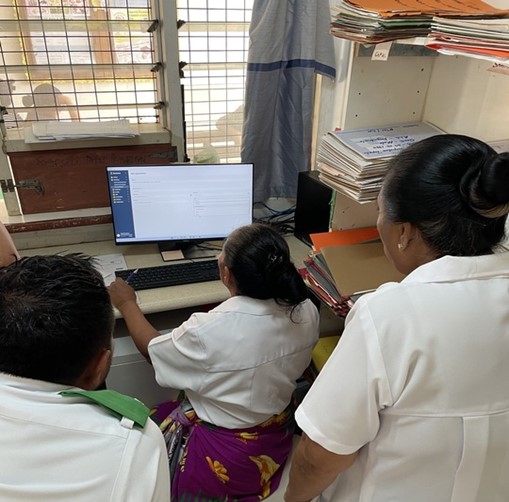 In Samoa, in 2023 it was identified that individuals who were being screened for NCDs in the community were not being followed up at rural health facilities as expected. In collaboration with the Samoa Ministry of Health, BES built a report that helped to identify individuals who were expected to visit a rural health facility after screening but had not shown up.
In Samoa, in 2023 it was identified that individuals who were being screened for NCDs in the community were not being followed up at rural health facilities as expected. In collaboration with the Samoa Ministry of Health, BES built a report that helped to identify individuals who were expected to visit a rural health facility after screening but had not shown up.
The nurse manager at Safotu district hospital noted that she found it an easy to use this tool to identify these individuals who required follow up. This helped to facilitate more timely follow up and diagnosis of patients, specifically with hypertension and diabetes. She said that the report also helped to ensure patients were followed up within 60 days, which is a target for rural health facilities.
The report included the patient details (name, sex, date of birth etc), the primary screening site, their home village, the date of screening, reason for referral, screening results, blood pressure, blood sugar level, and the number of days since the screening took place.
With the new Program registry feature now also available (since early 2024), health staff in each facility are even better equipped to use Tamanu to filter all patients with a single click, to show those from their area suffering certain conditions (or screened as high-risk) who have not presented for diagnosis or follow-up.
3621 adults were screened using the system in 2023, with 60% of these being women.
Supporting medication forecasting
In September 2023 the Samoan Ministry of Health carried out a Mass Drug Administration (MDA) for lymphatic filariasis and scabies. The MDA involved treating individuals with albendazole, ivermectin and diethylcarbamazine medication to interrupt the infection cycle and prevent the ongoing illness associated with these infections affecting much of the Samoan population. Each individual’s dose was calculated based on their weight. These treatments were recorded on Tamanu at the end of each day and data was aggregated and visualised on Tupaia in real time.
After a few days, stocks of these medications were lower than anticipated. Lenara Tupai (ACEO HITC, 2023) noted, using Tupaia, that because individuals were dosed based on their weight, this was resulting in higher-than-expected medication consumption and that if the MDA were to continue in this trend stocks would deplete before the target population could be dosed.
This information helped to facilitate and justify an emergency drug order to replenish stock, so the team could successfully continue the MDA which then occurred, achieving high coverage.
Dashboards to monitor outpatient workload
In December 2023, Tamanu was implemented at the Acute Primary Care Clinic (APCC) at TTM Hospital. Working collaboratively with the Head of Department and Nurse Manager BES built a dashboard on Tupaia to visualise aggregated data from the clinic. The dashboard showed wait times, diagnoses, patient demographics, procedures carried out and referrals. This gave the clinic oversight of their patient cohort they had not before had in real time.
BES additionally built visuals to be used for performance management, which identified the number of key activities performed by each staff member within Tamanu. This has proved to be a valuable tool for the nurse manager who is more easily able to identify problem areas and individuals who may need upskilling in their understanding of Tamanu. Using these dashboards, they have been able to ensure that information is entered correctly by staff and that it accurately reflects the work being performed which they hope will be justification for additional resources.
Nauru
CVD Screening Data
In 2023 the Health Promotion team continued to use the Cardiovascular Risk Screening form in Tamanu to capture data during their workplace screening programs. The NCD dashboard in Tupaia was created to display aggregate data including number of participants, abnormal vitals results, existing diagnoses, cardiovascular disease risk and referrals made for further care. Data is available at both a national and a district level. This data is reviewed by the Health Promotion team leads and influences decisions on where to hold education and awareness programs and where to distribute Information and Education Communication (IEC) materials. In 2023, 299 people were screened for CVD risk by the Health Promotion team.
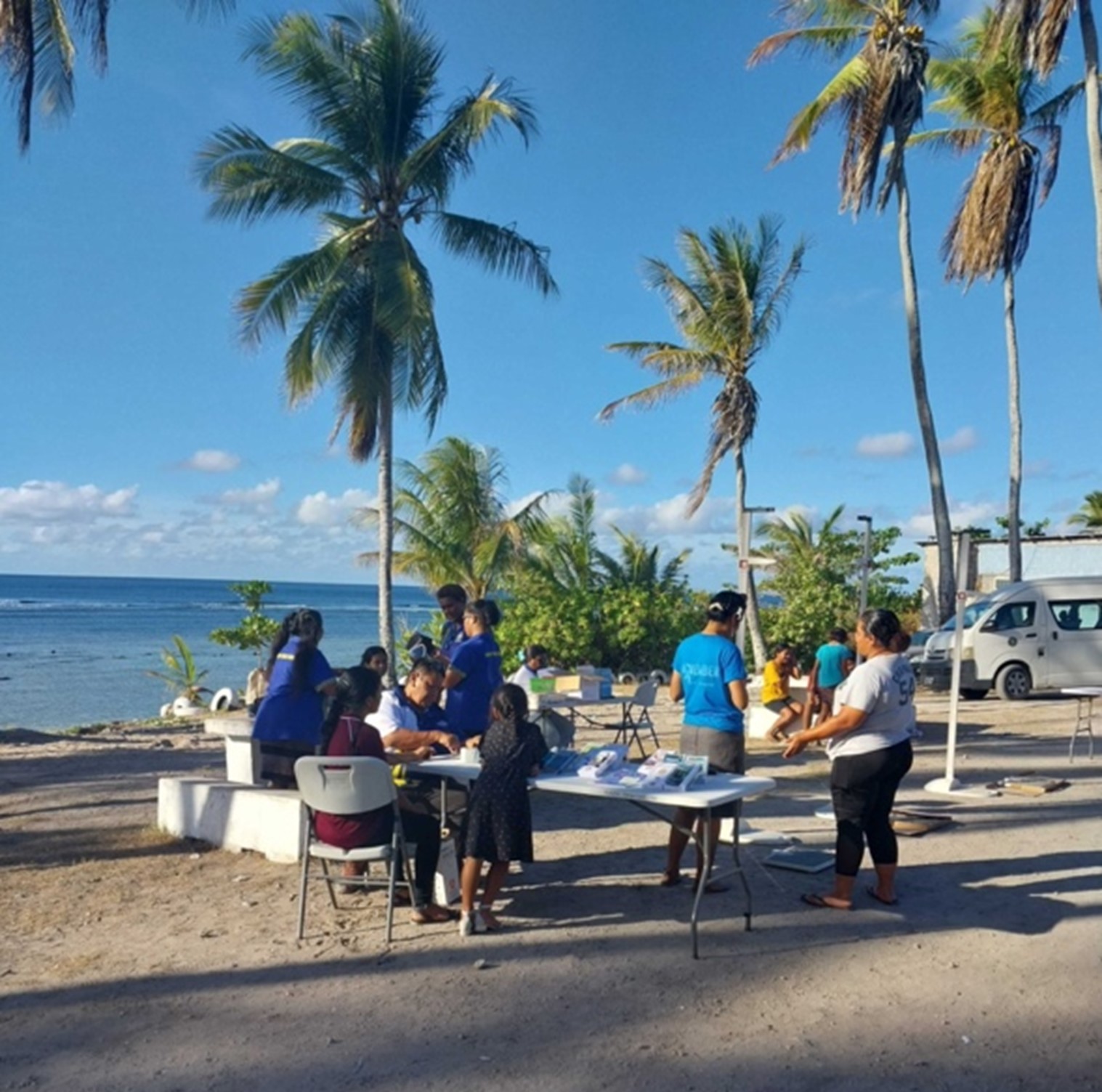
COVID-19 Vaccination Mop-up Campaign
In the second half of 2023 Nauru received a donation of COVID-19 vaccines, including paediatric vaccines. In order to maximise vaccine uptake, the Public Health division decided to use data captured through Tamanu to identify how many children were eligible, which children should be prioritised for vaccination and how this compared to number of vaccine doses were received.
The registered patient line list report can be exported from Tamanu to identify patients within a defined cohort. In this instance the list was used to identify all registered children aged zero to 17 years.
The Ministry of Health decided to prioritise children with certain underlying conditions for vaccination. The Tamanu recent diagnosis line list was used to identify those children who had a relevant diagnosis entered into Tamanu. 29 children with asthma were identified as priority for vaccination. These data sets were combined with data provided by the education department as well as older paper records kept by MHMS.
The Vaccine line list in Tamanu was used to identify those children in the selected age groups who were fully vaccinated, those who had started, but not completed the initial course of COVID-19 vaccinations, and those who had not received any previous COVID-19 vaccination. This data was cross referenced against the registered patients list and allowed the Health Promotion and clinical teams at Naoero Public Health Centre to adopt a targeted approach to their vaccination efforts.
In total, 62 children aged 0-17 were vaccinated for COVID in September and October 2023. This includes 44 first doses, 14 second doses, and four third dose vaccinations.
Minister’s Weekly SitRep and COVID-19 Cases and Vaccinations Dashboards
The Minister’s weekly SitRep dashboard (MWSD) and the COVID-19 Cases and COVID-19 Vaccinations Dashboards have been in use in Nauru since 2022.
The MWSD provides high level data on COVID-19 cases as well as summary data on Outpatient diagnoses. These dashboards are used regularly by the Director of Medical Services and the Director of Public Health to provide weekly updates to the Minister of Health in Nauru.
As part of the SitRep, data is provided on top diagnoses in the Republic of Nauru Hospital Outpatients Department, Emergency Room and for Admitted Cases. This information is used to identify any conditions which may present a public health risk (eg. Increasing numbers of respiratory infections).
